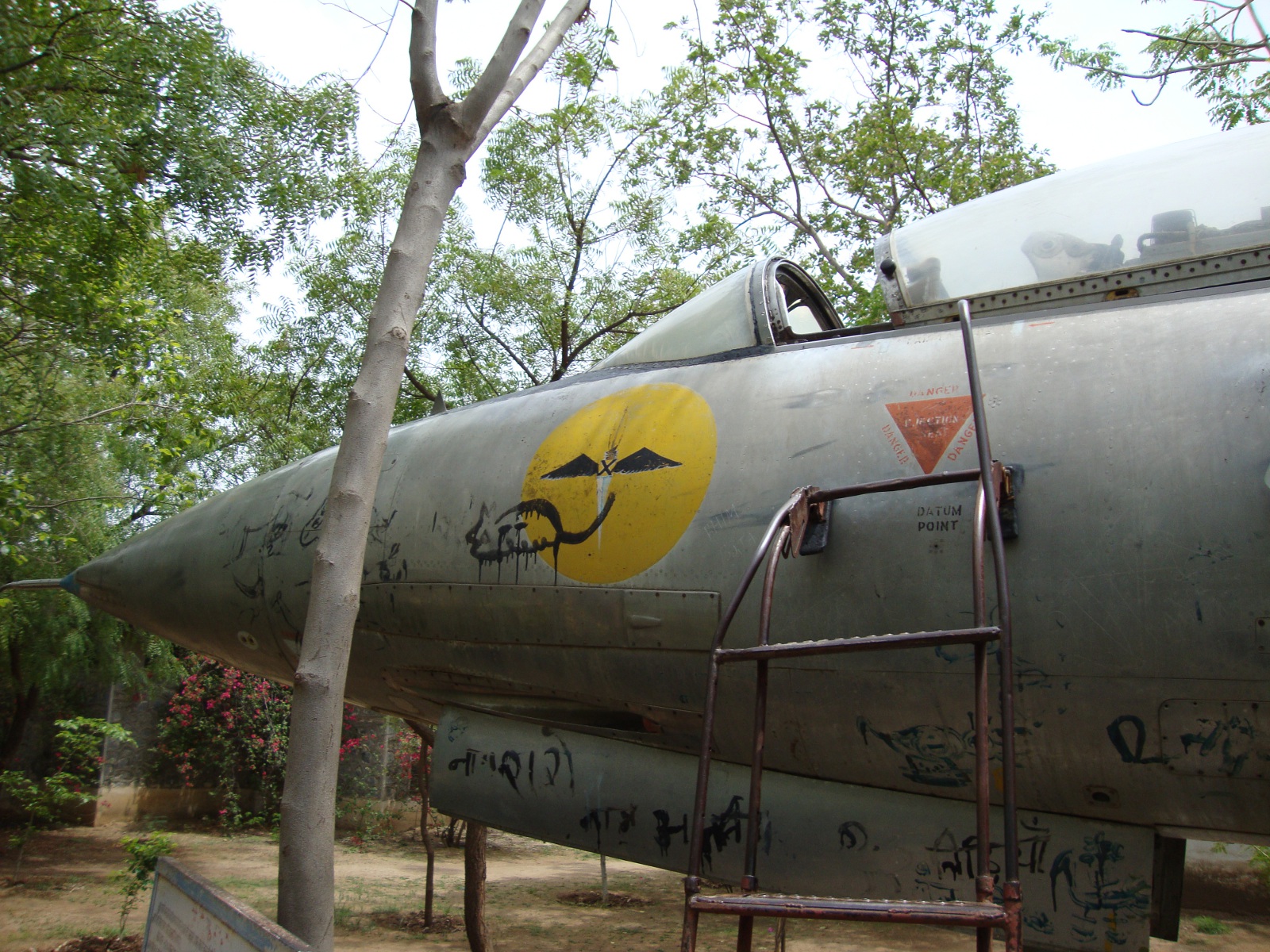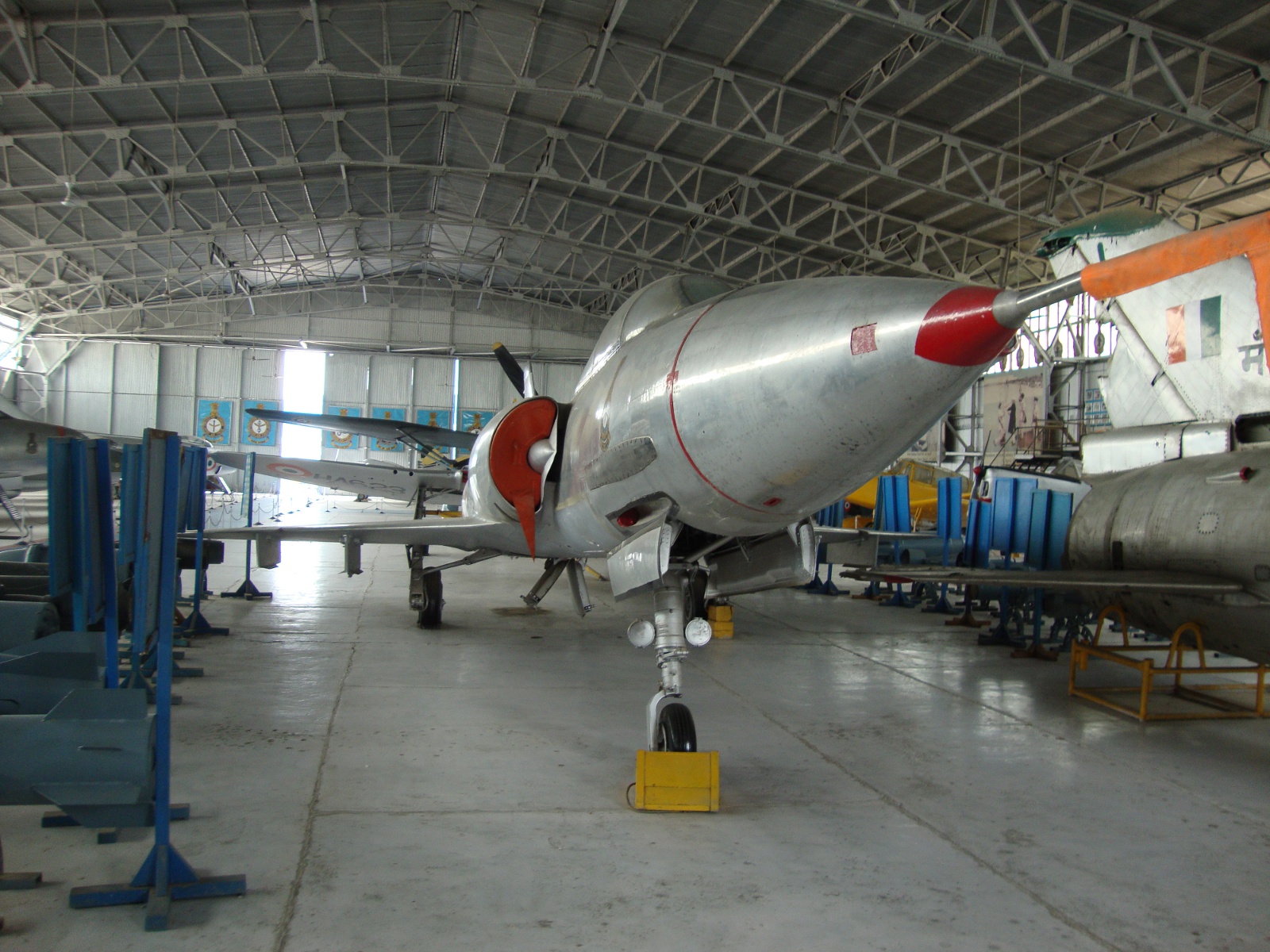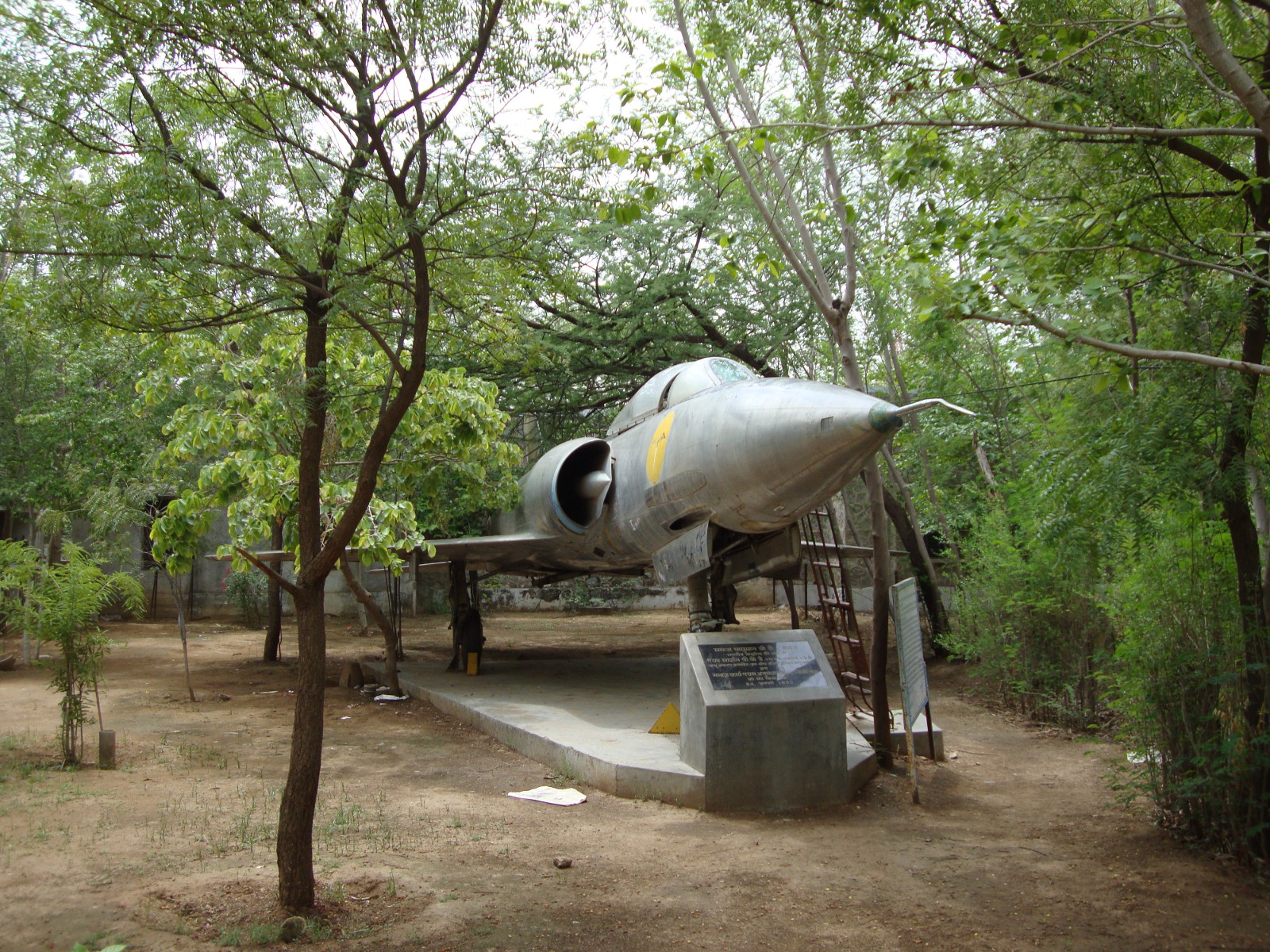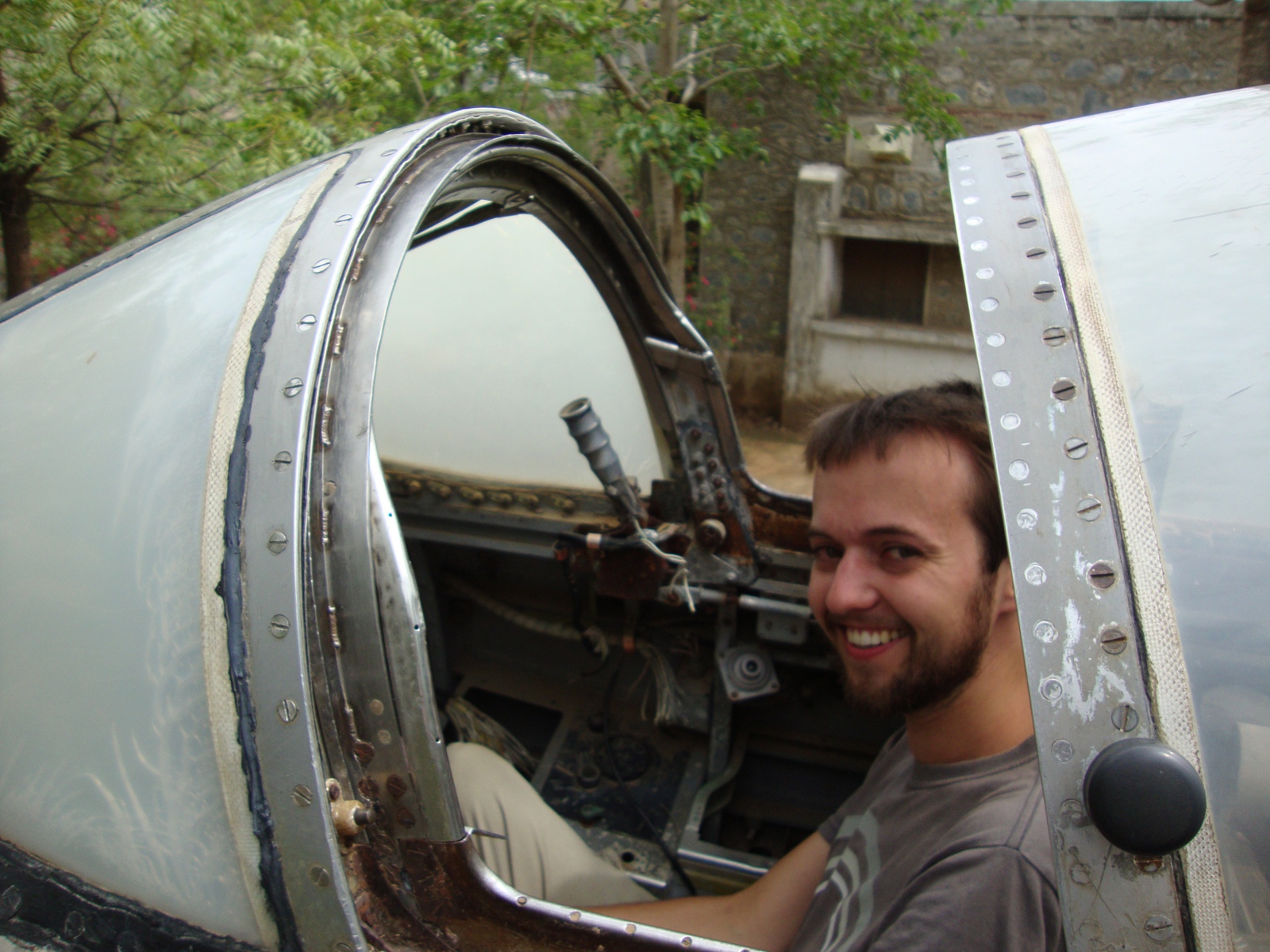Michael J. Neufeld, a curator at the National Air and Space Museum, recently published an article entitled “The Nazi Aerospace Exodus” in the journal History and Technology.1 The article discusses the diffusion of technical knowledge out of Germany after World War II, by means of technical specialists as well as technological artifacts (rockets and planes and such). The most famous example of this movement of knowledge was Wernher von Braun’s V-2 team, although they were just a few of the many specialists who carried German aerospace knowledge around the world.
The former Allied nations of the United States, Britain, France, and the Soviet Union got the first pick of German technical specialists. Later, specialists also traveled to less-developed nations to serve their modernization projects. During the 1950s, for instance, German teams tried to develop military jets in Spain, Argentina, Egypt, and India.
Neufeld observed toward the end of his article that one of the many legacies of the “Nazi aerospace exodus” is German technology on display in museums in countries that received this technology. As an example, the National Air and Space Museum displays a V-2 rocket and an Messerschmitt 262 jet fighter, both of which were captured after the war and shipped to the United States for testing. Neufeld assumed that technology with German heritage must also be on display in the third-world countries that received them.2
At least in the case of India, I can say with certainty that Neufeld was right. When I was in India last summer, I came across two HF-24 Maruts, the indigenous Indian jet fighter that was developed by a joint German and Indian team. (I’ve described the Marut in two earlier blog posts, “Air power in independent India” and “Industrialization, Nehru-style.”) One of these was, not surprisingly, in the Indian Air Force Museum in New Delhi. The museum, located at Palam air field, displays most of the plane types that have flown for the IAF since its inception in 1932. The museum’s HF-24 Marut is in a prominent location in the middle of the main display hangar.
The other Marut I came across last summer was a complete surprise. It was on the campus of Barefoot College, a sustainable development NGO (non-governmental organization) in rural Rajasthan. This Marut was not set up for display purposes only, but as a giant play structure for rural children. A Hindi sign nearby gives a first-person description of the plane’s history; it is signed, “Your faithful friend, Marut.” In the two decades that the jet has been in its present location, children have scrawled and doodled text and designs on top of the original IAF paint scheme. A ladder mounted on the side of the fuselage allows an Indian child (or, in my case, an American grown-up) to climb into the cockpit and pretend to be flying over Rajasthan, blasting Pakistani fighters out of the sky.

This photo shows the cockpit access ladder, as well as some of the graffiti that has accumulated on the plane.
In America, we would never put a retired military plane in a place where children could climb over and inside it. We’re much too protective of our planes—and, to a degree, rightly so. I do think it is important to preserve some of our old technology for future generations to see and perhaps learn from. But I’m also glad to see that the Marut at Barefoot College has been put to some real use, rather than being locked away in a museum or elevated out-of-reach on a pedestal.
























